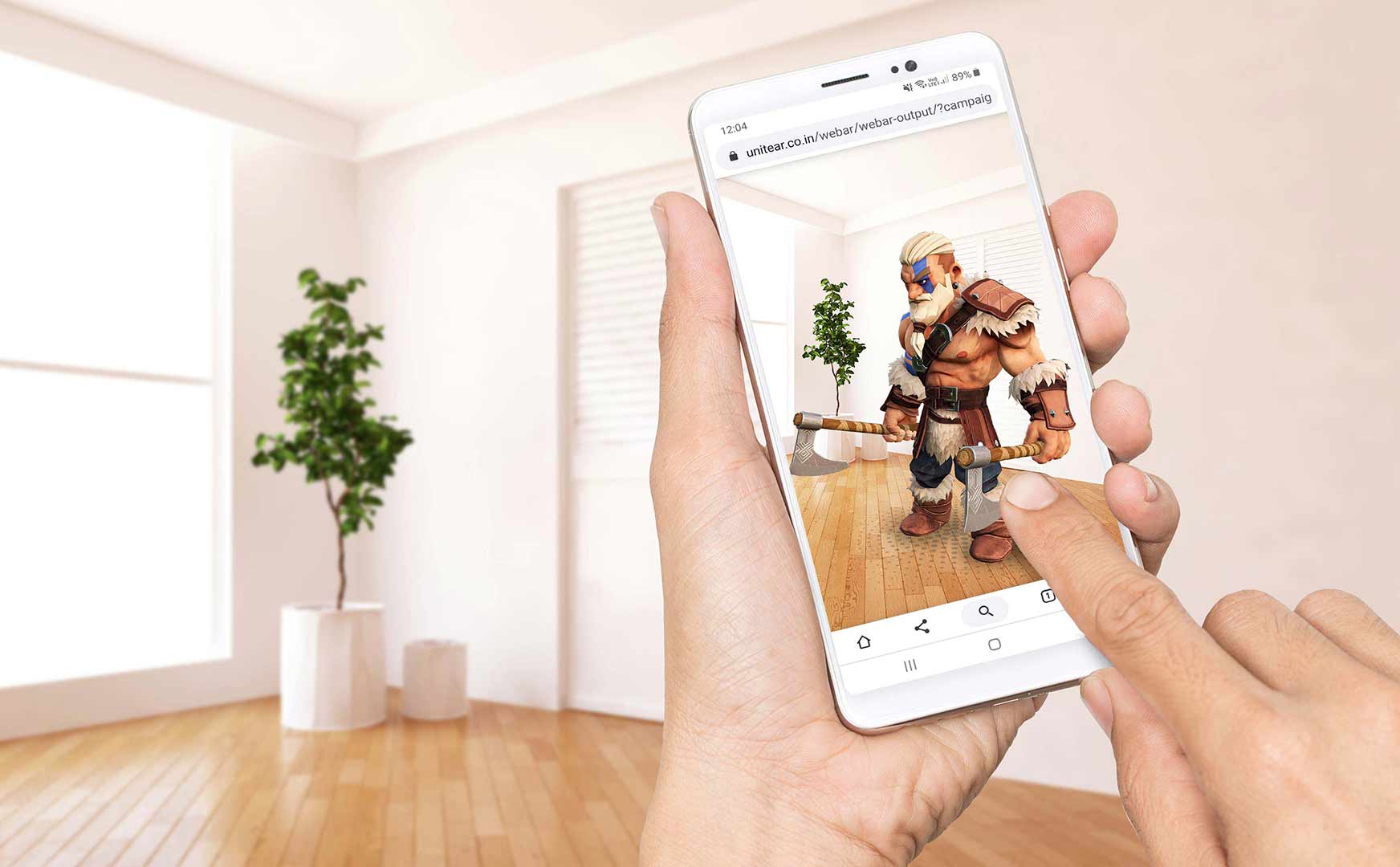Imagine a digital realm where the click of a mouse opens doors to new worlds, where augmented reality (AR) and virtual reality (VR) transform websites into immersive experiences. Welcome to the future of web design—a future where imagination meets technology to create unparalleled user engagement. This blog post explores the thrilling potential of integrating AR and VR into web design, offering insights for designers, UX enthusiasts, tech innovators, entrepreneurs, and business owners eager to stay ahead of the curve.
In this exploration, we’ll uncover how AR and VR are revolutionizing modern web design. We’ll provide practical tips for incorporating these technologies into your projects, share compelling examples of their application, and shed light on the challenges and opportunities they present. Prepare to be inspired by the possibilities as we guide you through the future of user experience.
The Evolution of Web Design
Web design has come a long way since the early days of static pages and basic HTML. Today, it’s a dynamic field, constantly evolving to meet the demands of users seeking richer, more interactive experiences. From responsive layouts to parallax scrolling, designers have continually pushed the boundaries of what’s possible online. Now, AR and VR are set to redefine those boundaries once again.
For years, web design has focused on creating visually appealing and user-friendly interfaces. Yet, with AR and VR, we can go beyond merely viewing and interacting with content. We can immerse users in environments where they can explore, manipulate, and engage on a deeper level. This evolution promises to enhance not only how users experience the web but also how they connect with brands and businesses.
The integration of AR and VR into web design is not just a passing trend. It’s a monumental shift that reflects changes in technology and user expectations. As these technologies become more accessible and affordable, designers and developers are increasingly leveraging them to create experiences that captivate and inspire.
Understanding AR and VR
To fully appreciate the impact of AR and VR on web design, it’s important to understand what these terms mean. While often used interchangeably, they are distinct technologies with unique characteristics and applications.
Augmented Reality (AR) enhances the real world by overlaying digital information on top of it. This could be anything from adding virtual furniture to a room to providing real-time translations via a smartphone camera. AR enriches the user’s environment, offering additional context and interactivity without requiring them to leave the physical space.
In contrast, Virtual Reality (VR) creates a completely immersive digital environment separate from the real world. When users wear a VR headset, they step into a different reality, whether it’s exploring a distant planet or simulating a walk-through of a new architectural design. VR offers a fully immersive experience that transports users to places they might not otherwise access.
Both AR and VR have their own strengths and potential applications in web design. By understanding these technologies, designers can better harness their power to create engaging, futuristic web experiences.
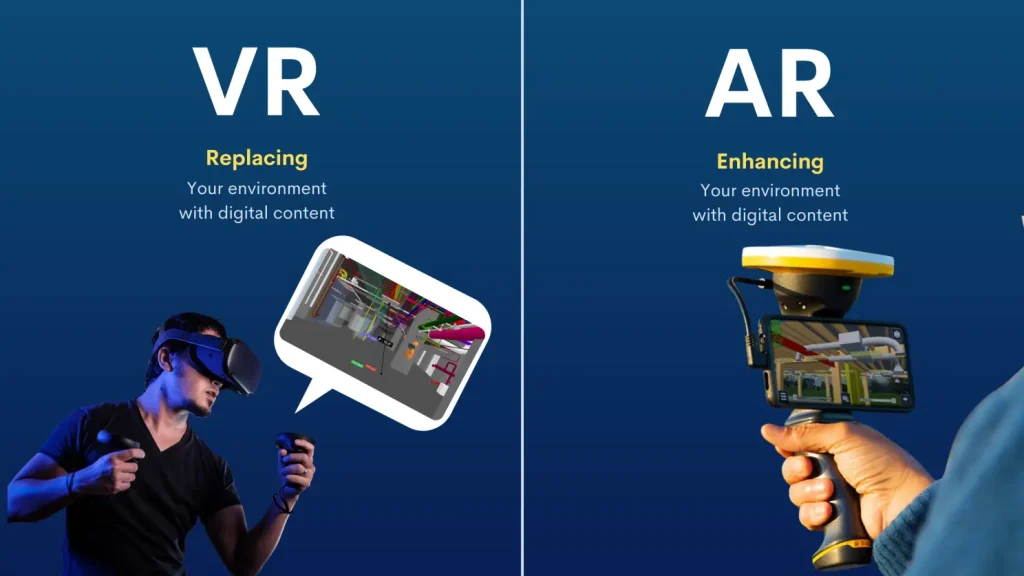
The Role of AR in Web Design
AR is quickly becoming an integral component of modern web design, offering exciting possibilities for enhancing user experiences. Imagine a website for a home decor store where users can visualize how a new sofa looks in their living room before making a purchase. AR makes this possible by allowing users to interact with virtual objects in the real world, bridging the gap between online shopping and in-store experiences.
One of the most significant advantages of AR in web design is its ability to provide contextual information, enhancing the user’s understanding of a product or service. For example, a travel website might use AR to overlay historical facts and trivia onto images of a tourist destination, enriching the user’s knowledge and engagement.
Additionally, AR can drive user interaction and retention by offering novel, gamified experiences. Websites can incorporate AR-based games or challenges that encourage users to explore and engage with content in innovative ways, boosting both time spent on site and conversion rates.
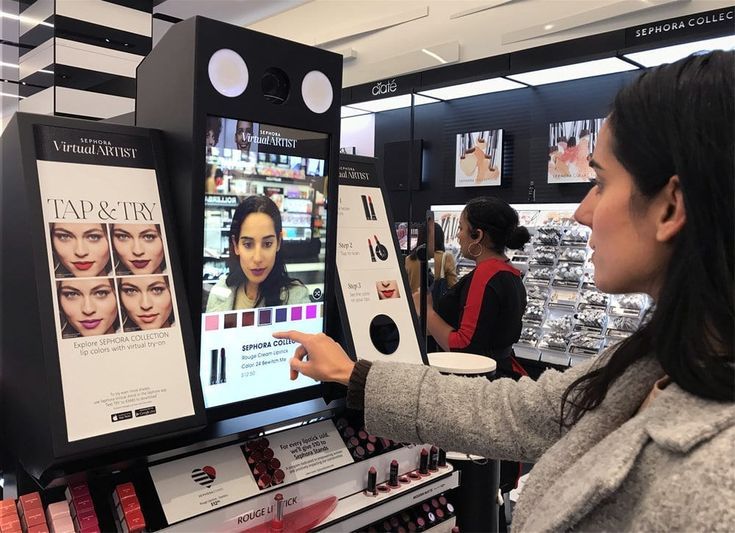
VR's Impact on User Experience
While AR enhances reality, VR immerses users in entirely new digital worlds, offering limitless opportunities for creativity and engagement. In the realm of web design, VR can transform traditional interfaces into captivating, interactive experiences that captivate users’ attention.
Consider a real estate website where potential buyers can take virtual tours of properties, exploring every room in detail and getting a true sense of the space. VR provides a level of immersion and realism that static images and videos simply cannot match, giving users a more comprehensive understanding of what they’re considering.
For online education platforms, VR offers a way to create engaging, immersive learning environments. Students can participate in virtual labs, explore historical sites, or practice language skills in realistic scenarios, enhancing their learning outcomes and engagement.
The possibilities for VR in web design are limited only by imagination. By transporting users to new worlds, VR enriches user experiences and fosters deeper connections between brands and their audiences.
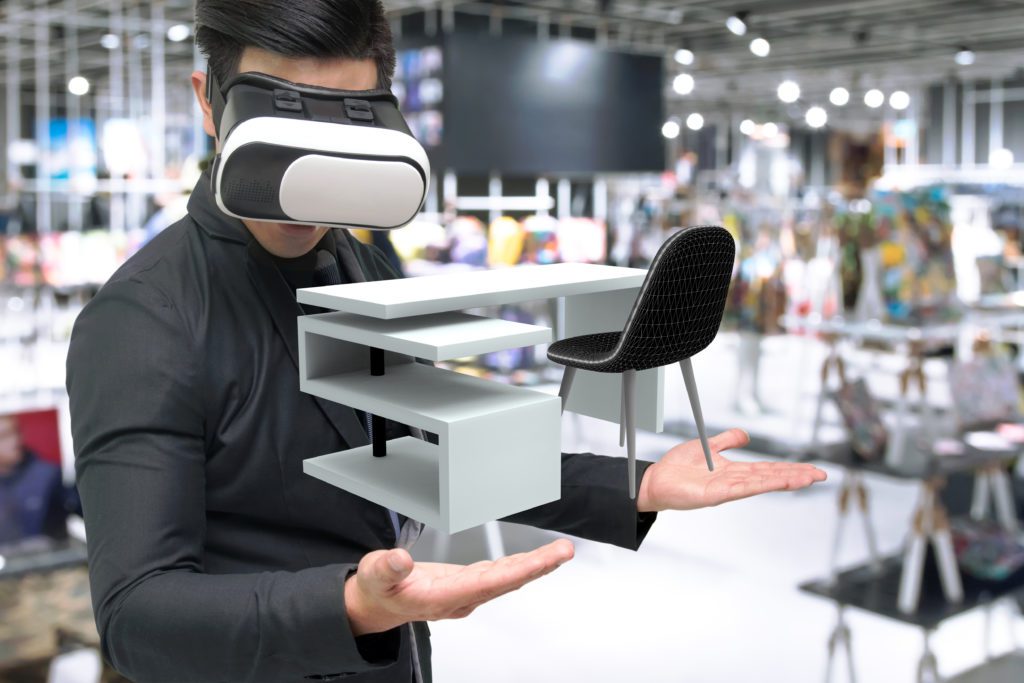
The Benefits of Integrating AR and VR
Integrating AR and VR into web design offers numerous benefits for businesses and users alike. These technologies not only enhance the user experience but also drive brand loyalty, increase conversion rates, and provide valuable data for businesses.
Firstly, AR and VR create memorable, immersive experiences that set brands apart from competitors. By offering unique, interactive content, businesses can capture users’ attention and leave a lasting impression, encouraging return visits and fostering brand loyalty.
Secondly, these technologies can streamline decision-making processes by providing users with a more comprehensive understanding of products and services. When users can visualize a product in their own environment or explore a virtual space, they’re more likely to make informed purchasing decisions, reducing returns and increasing satisfaction.
Finally, AR and VR offer valuable insights into user behavior and preferences. By tracking how users interact with virtual environments, businesses can gather data on user preferences, refine their offerings, and tailor marketing strategies to better meet customer needs.
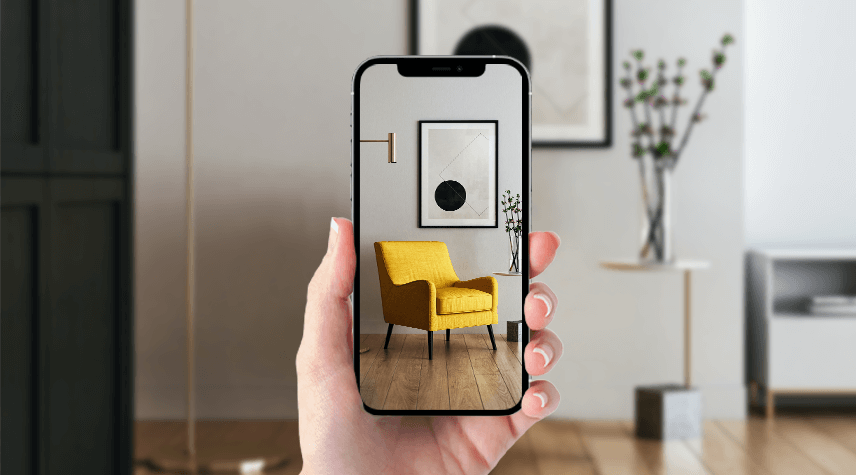
Practical Tips for Implementing AR and VR
For web designers and developers looking to integrate AR and VR into their projects, there are several practical considerations to keep in mind. While these technologies offer exciting possibilities, successful implementation requires careful planning and execution.
First, it’s essential to choose the right tools and platforms for creating AR and VR experiences. Many software solutions are available, each with its own strengths and limitations. By evaluating the specific requirements of a project, designers can select the most suitable tools for their needs.
Second, consider the target audience and their devices. Not all users will have access to VR headsets or the latest smartphones with AR capabilities. Design experiences that are accessible across a range of devices, ensuring that all users can enjoy and benefit from the technology.
Finally, prioritize usability and user experience. While AR and VR can create stunning visuals and immersive environments, they should never compromise ease of use. Ensure that interfaces are intuitive and that users can easily navigate and interact with the content.
Examples of Successful AR and VR Integration
Several companies have successfully integrated AR and VR into their web design, showcasing the potential of these technologies to enhance user experiences and drive business success.
IKEA’s AR app, IKEA Place, allows users to visualize furniture in their own homes before making a purchase. By overlaying virtual furniture onto real-world spaces, IKEA provides customers with a valuable tool for making informed purchasing decisions and reduces the likelihood of returns.
Another example is the New York Times, which has embraced VR storytelling through its NYT VR app. By offering immersive, 360-degree videos, the newspaper enhances its journalistic content, providing readers with a more engaging and impactful way to experience stories.
Finally, Shopify’s AR feature enables e-commerce businesses to offer virtual product try-ons. Customers can see how clothing, accessories, or even makeup will look on them before committing to a purchase, increasing confidence and reducing returns.
These examples demonstrate the diverse applications of AR and VR in web design, highlighting their potential to transform how businesses connect with their audiences.
Challenges and Considerations
While AR and VR offer exciting possibilities for web design, they also present challenges that designers and developers must address. From technical limitations to user adoption, understanding these challenges is crucial for successful implementation.
One of the primary challenges is the technical complexity of creating AR and VR experiences. Designing and developing immersive environments requires specialized skills and knowledge, which may necessitate additional training or hiring of experts.
Another consideration is the potential for user resistance. Not all users are comfortable with or interested in AR and VR technologies. It’s important to provide alternative ways for users to engage with content and ensure that experiences are accessible and inclusive.
Finally, privacy and security concerns must be addressed. AR and VR can collect a significant amount of user data, raising questions about data protection and user consent. Implementing robust security measures and being transparent about data collection practices is essential for maintaining user trust.
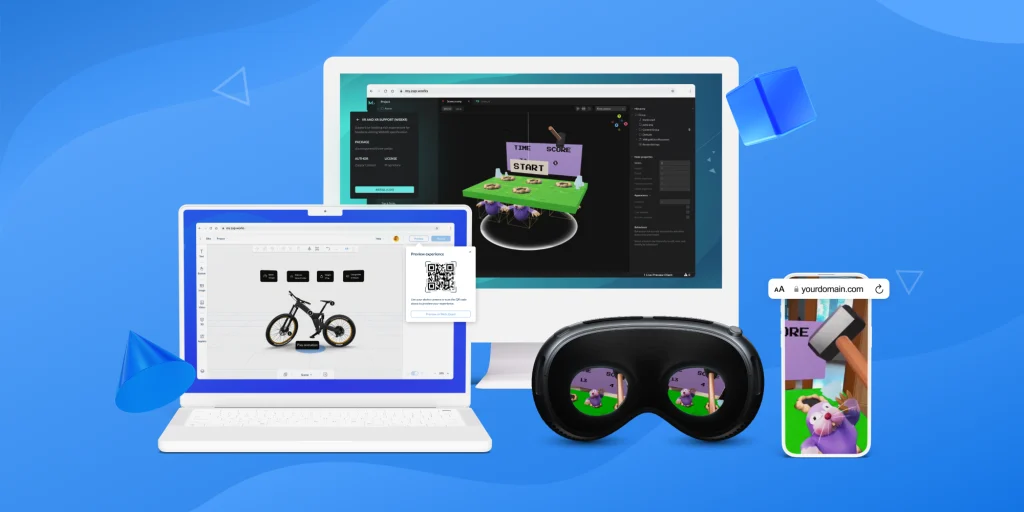
The Future of AR and VR in Web Design
The future of web design is bright, with AR and VR poised to play an increasingly central role in shaping user experiences. As technology continues to advance and user expectations evolve, these immersive technologies will become essential components of modern web design.
In the coming years, we can expect to see even more innovative applications of AR and VR, from interactive storytelling to personalized shopping experiences. As businesses and designers continue to explore the potential of these technologies, the line between the physical and digital worlds will blur, creating new opportunities for connection and engagement.
To stay ahead in this rapidly evolving landscape, designers and businesses must remain adaptable and open to experimentation. By embracing AR and VR, they can create memorable, impactful experiences that resonate with users and drive success.
The Importance of Staying Informed
For web designers, UX enthusiasts, and business owners, staying informed about the latest developments in AR and VR is essential. By keeping up with emerging trends and technologies, they can identify new opportunities to enhance user experiences and remain competitive in a dynamic market.
Regularly attending industry conferences, participating in webinars, and engaging with online communities are valuable ways to stay updated on the latest advancements. Additionally, exploring case studies and learning from the successes and challenges of others can provide valuable insights and inspiration.
By committing to continuous learning and staying informed, designers and businesses can position themselves at the forefront of innovation, ready to harness the full potential of AR and VR in web design.
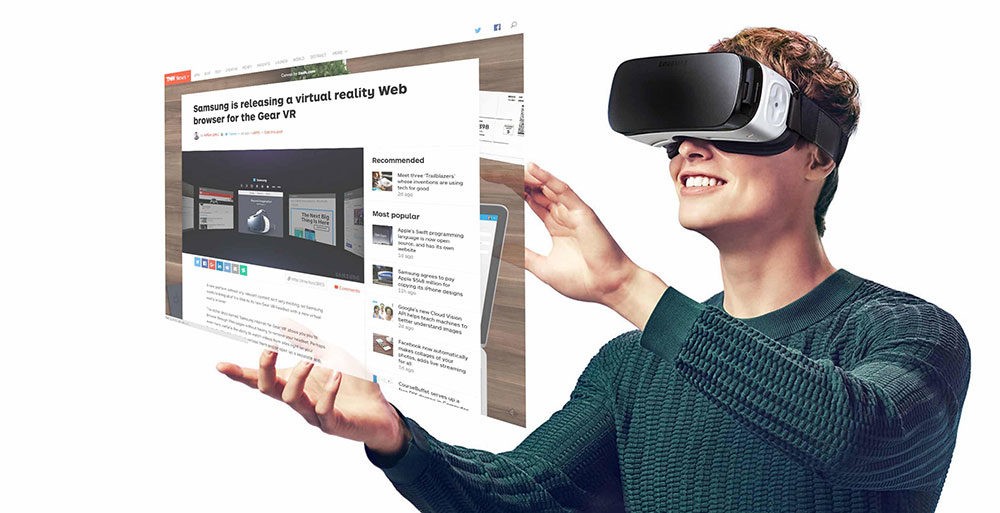
Conclusion
The integration of AR and VR into web design represents a thrilling frontier, one that holds immense potential for transforming user experiences and driving business success. These technologies offer unprecedented opportunities for creativity, engagement, and personalization, creating a new paradigm for how we interact with the digital world.
For web designers, UX enthusiasts, tech innovators, entrepreneurs, and business owners, the time to explore AR and VR is now. By understanding the unique strengths of these technologies and implementing them effectively, they can create immersive, impactful experiences that captivate audiences and set their brands apart.
If you’re ready to step into the future of web design, consider incorporating AR and VR into your projects. By leveraging these powerful tools, you can create memorable, meaningful connections with your users and forge a path toward success in the digital age.
